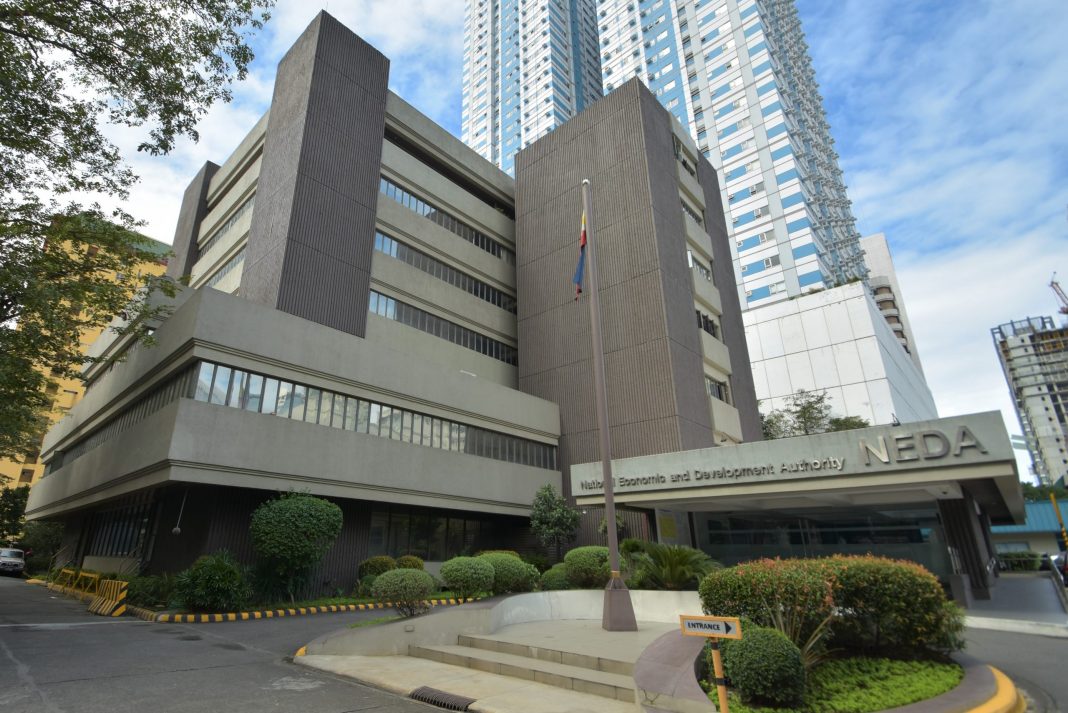The Philippine economy grew a marginal 5.5 percent in the second quarter this year from 5.4 percent gross domestic product (GDP) growth in the first quarter amid low inflation, election-related spending and steady remittances that boosted household consumption.
Notably, the Philippine Statistics Authority reported that agriculture rebounded strongly, posting 7.0 percent growth—a significant improvement from 2.2 percent in Q1 and a sharp turnaround from the 2.3-percent contraction in the same period last year.
This was largely driven by improved harvests of palay (up 14.2% from 1.1%) and corn (up 29.8% from -3.0%), supported by the Department of Agriculture’s initiatives—such as the Agri-Puhunan at Pantawid Program—and productivity-boosting investments in cold storage, small water impounding dams, farm reservoirs, and solar-powered irrigation systems.
The services sector, the economy’s largest and strongest driver, expanded by 6.9 percent, with notable gains in real estate (6.1% from 3.7%) and professional and business services (5.8% from 5.2%).
Meanwhile, industry growth slowed to 2.1 percent (from 4.6% in Q1), affected by declines in output for coke and refined petroleum products (-12.2%), chemical products (-6.6%), and computer and electronics (-2.5%).
Still, food manufacturing remained strong, growing by 9.3 percent, though this was slightly below the 10.8 percent recorded in the previous quarter.
With this performance, Secretary Arsenio M. Balisacan of the Department of Economy, Planning, and Development the Philippines maintained its place among the fastest-growing economies in emerging Asia, behind Vietnam’s 8.0 percent growth, but ahead of China’s 5.2 percent and Indonesia’s 5.1 percent.
“While our growth is slower than India’s projected 6.5-percent expansion, we are expected to outpace Malaysia’s 4.3 percent and Thailand’s 2.4 percent,” said Balisacan.




